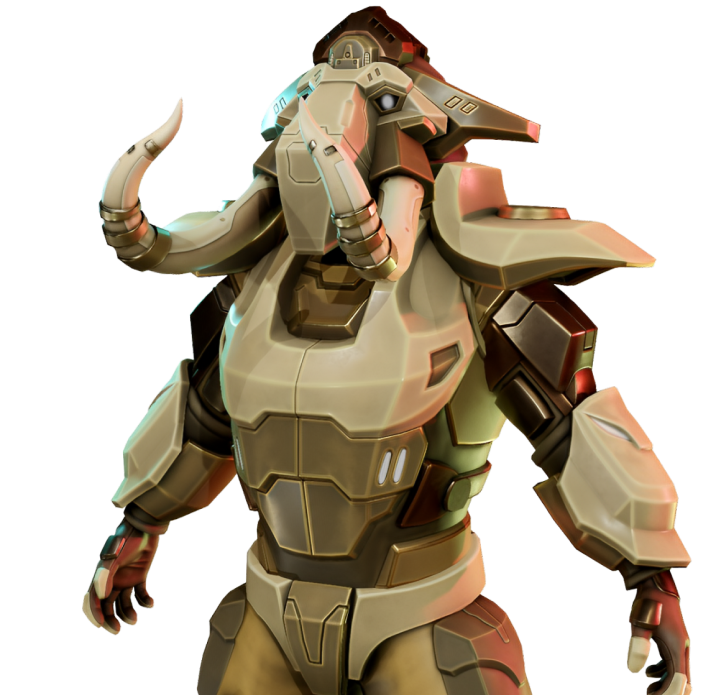The concept of the metaverse—a vast, interconnected digital universe where people can interact, work, and play—is transforming the gaming industry. At the heart of this revolution lies 3D Metaverse Game Development, which focuses on creating immersive virtual worlds powered by advanced graphics and real-time interactivity.
With rapid advancements in technologies like virtual reality (VR), augmented reality (AR), and blockchain, the evolution of virtual world graphics has redefined how we experience games. This article explores the journey of 3D metaverse game development, highlighting the technological breakthroughs, design principles, and future trends shaping the next generation of virtual worlds.
1. What Is 3D Metaverse Game Development?
3D Metaverse Game Development refers to the creation of expansive, immersive digital environments where users can:
- Interact in real-time with other players
- Explore vast 3D worlds with lifelike graphics
- Participate in virtual economies using NFTs and blockchain
- Socialize, collaborate, and attend events within the virtual space
Unlike traditional games, metaverse games are persistent, meaning they continue to evolve even when players are offline.
2. The Evolution of Virtual World Graphics in Metaverse Games
A. The Early Days: Basic 3D Worlds (1990s - Early 2000s)
- Simple polygonal models and low-resolution textures
- Limited player interaction due to hardware constraints
- Second Life (2003) laid the foundation for virtual social spaces
B. The Rise of Realistic 3D Graphics (2010s)
- Introduction of advanced game engines like Unreal Engine and Unity
- High-definition textures, real-time lighting, and dynamic physics
- Games like VRChat and Roblox expanded the idea of player-driven virtual worlds
C. The Metaverse Era: Hyper-Realistic Environments (2020s - Present)
- Ray tracing for photorealistic lighting and reflections
- Procedural generation for massive, ever-evolving landscapes
- AI-driven graphics optimization for seamless real-time rendering
3. Key Technologies Powering 3D Metaverse Game Development
Game Engines: The Backbone of Virtual Worlds
- Unreal Engine 5: Offers advanced features like Nanite for high-detail geometry and Lumen for dynamic global illumination.
- Unity 3D: Known for its cross-platform capabilities and flexible rendering pipelines.
Blockchain & NFTs
- Decentralized economies allow players to own, trade, and monetize virtual assets.
- Integration of smart contracts ensures secure transactions.
VR/AR Integration
- Devices like the Meta Quest 3 and Apple Vision Pro provide immersive 3D experiences with realistic depth perception.
- AR overlays blend virtual elements with the real world.
Cloud Computing & Edge Rendering
- Offloads processing to the cloud, enabling high-fidelity graphics even on low-end devices.
- Reduces latency, improving real-time interactions.
4. The Art of Designing 3D Metaverse Worlds
A. Immersive Environment Design
- Procedural world-building for diverse landscapes
- Dynamic weather systems and real-time day-night cycles
- Use of volumetric lighting for atmospheric effects
B. Realistic Avatars and Characters
- Facial rigging and motion capture for lifelike animations
- Customizable avatars with realistic skin shaders and cloth physics
C. User-Generated Content (UGC)
- Tools that allow players to create their own assets, enhancing the metaverse’s diversity
- Integration of community-driven marketplaces
5. Challenges in 3D Metaverse Game Development
Despite its potential, metaverse development comes with unique challenges:
- Scalability Issues – Managing thousands of concurrent users in a shared 3D space
- Performance Optimization – Balancing high-quality graphics with smooth performance on diverse devices
- Security Concerns – Protecting virtual assets and user data in decentralized environments
- Interoperability – Ensuring assets and avatars can move seamlessly between different metaverse platforms
Solutions:
- Cloud rendering and distributed servers for scalability
- AI-driven optimizations to enhance real-time performance
- Cross-platform SDKs for seamless interoperability
6. The Role of AI in Enhancing 3D Metaverse Graphics
AI is playing an increasingly important role in 3D metaverse game development:
- Procedural Content Generation: AI algorithms can create complex terrains, cities, and ecosystems automatically.
- Style Transfer Techniques: AI can apply artistic styles to 3D environments dynamically.
- Real-Time Asset Optimization: AI-driven tools optimize rendering, reducing lag while maintaining visual quality.
- Smart NPCs: AI enhances non-player characters with realistic behaviors and adaptive learning.
7. The Future of 3D Metaverse Game Development
As technology evolves, the future of 3D metaverse game development holds exciting possibilities:
Photorealistic Virtual Worlds
- Full-dive VR experiences with ultra-realistic environments
- Advanced haptic feedback for immersive touch sensations
Persistent Digital Universes
- Games that evolve in real-time, influenced by player actions and AI-driven events
- Interconnected metaverses where digital identities and assets are transferable
AI-Generated Metaverse Experiences
- Personalized, procedurally generated worlds tailored to individual player preferences
- Dynamic storytelling powered by AI-driven narrative engines
Conclusion: The New Frontier of 3D Metaverse Game Development
3D Metaverse Game Development represents the future of interactive entertainment, blending immersive environments, real-time social interactions, and player-driven economies. As technologies like AI, VR/AR, and blockchain continue to evolve, developers will unlock new possibilities to create breathtaking virtual worlds that redefine what’s possible in gaming.





Leave a comment